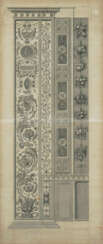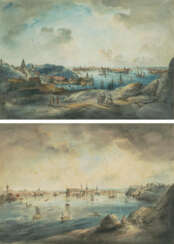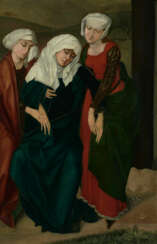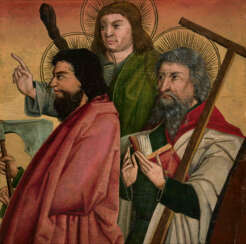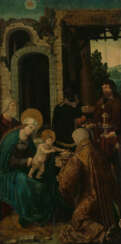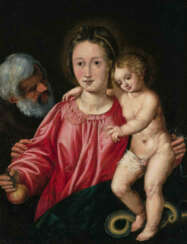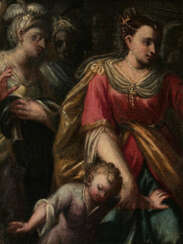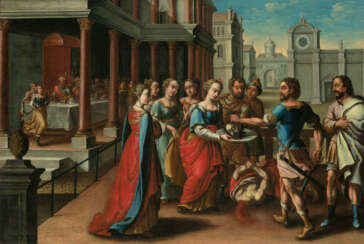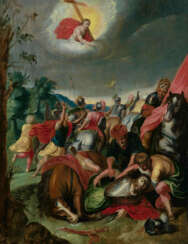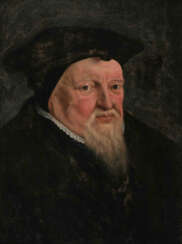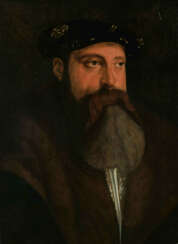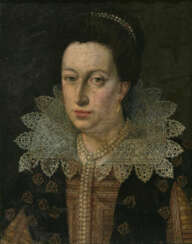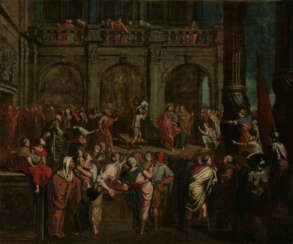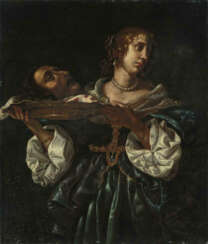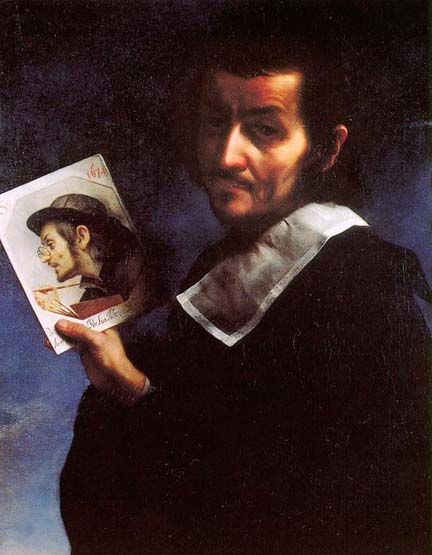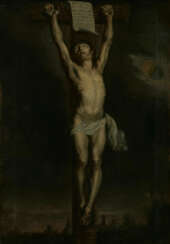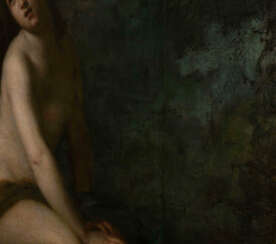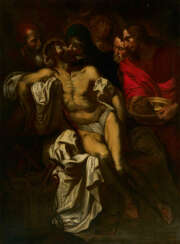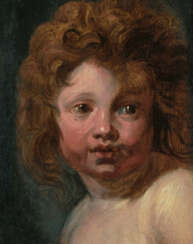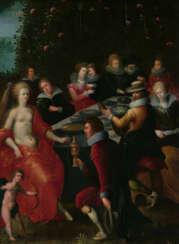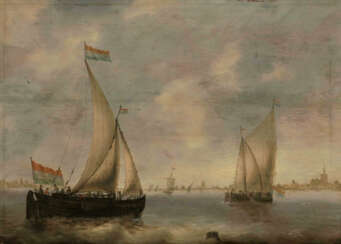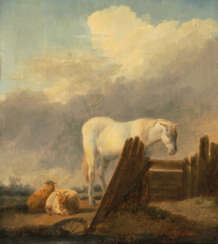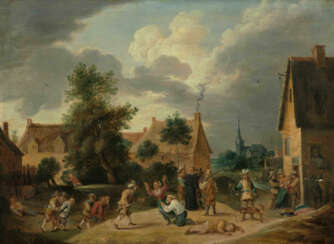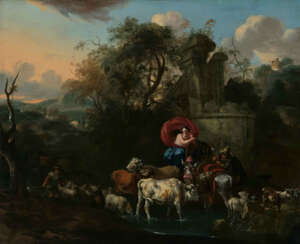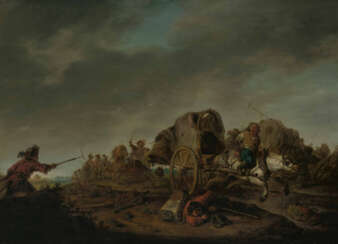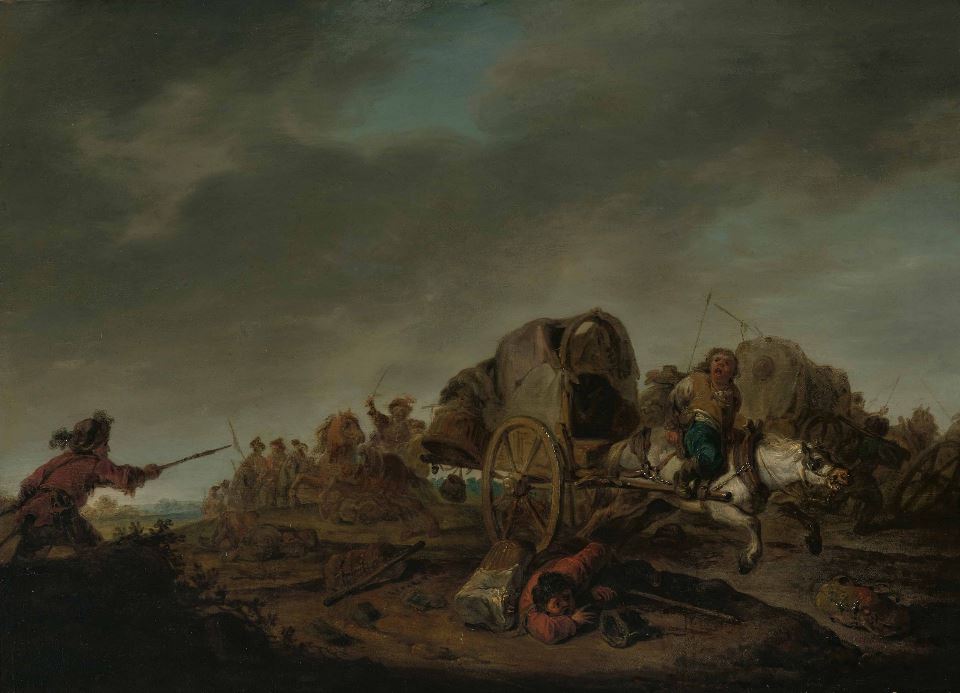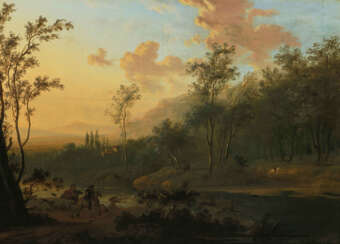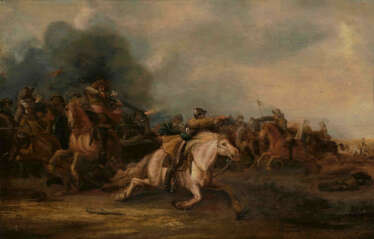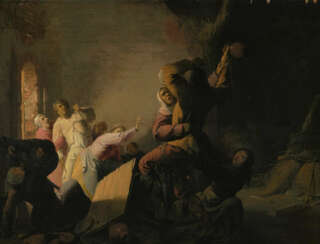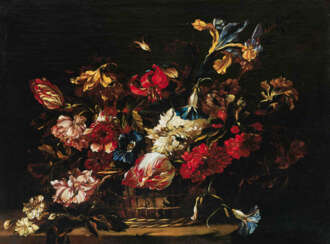
International Art — A170: Schweizer Kunst
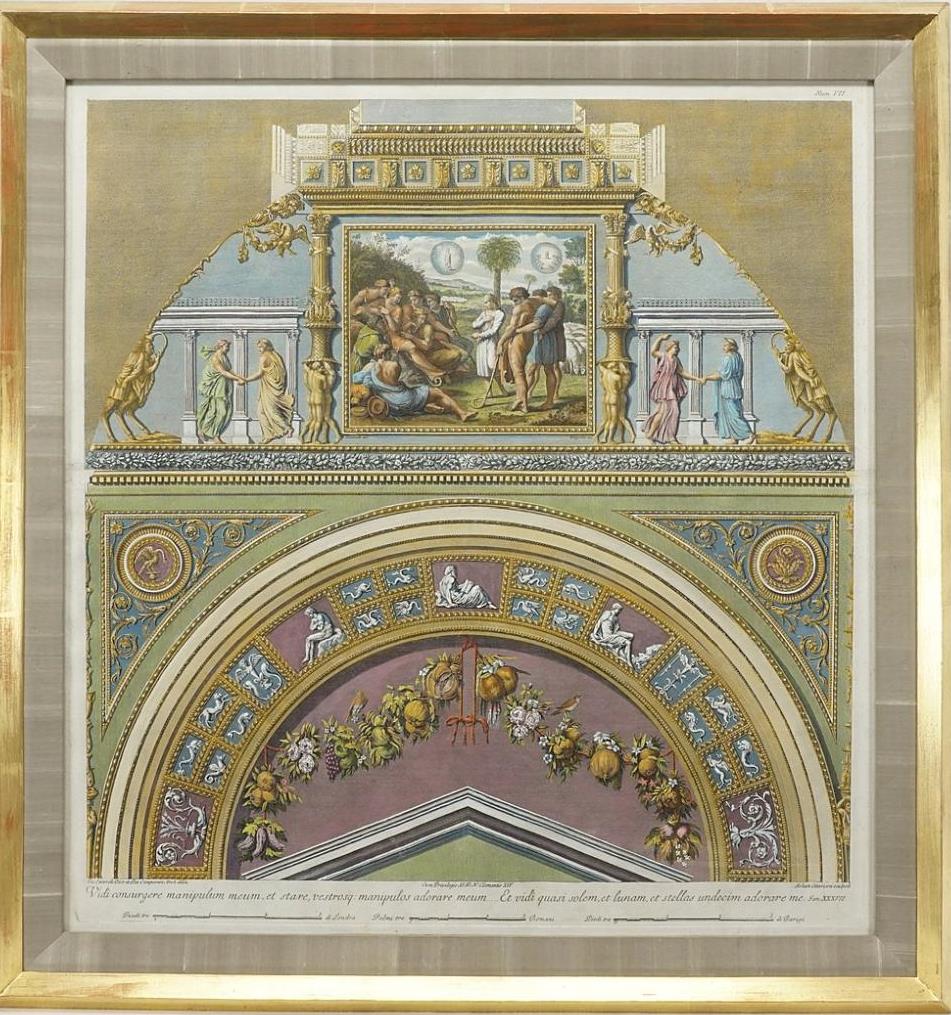
Giovanni Ottaviani was an Italian painter and engraver who worked in Rome in the 18th century.
Ottaviani's most famous work is a series of panel plates from Raphael's loggia at the Vatican, published in the mid-1770s. The plates depict the "grotesque style" decorations made by Raphael and his assistants in the loggia of the Vatican Palace for Pope Leo X (1475-1521) in 1515-1519. More than 200 years later, the engravers Giovanni Ottaviani and Giovanni Volpato (1740-1803) were commissioned by Pope Clement XIII (1693-1769) to print a series of copperplate engravings based on Raphael's Loggia.
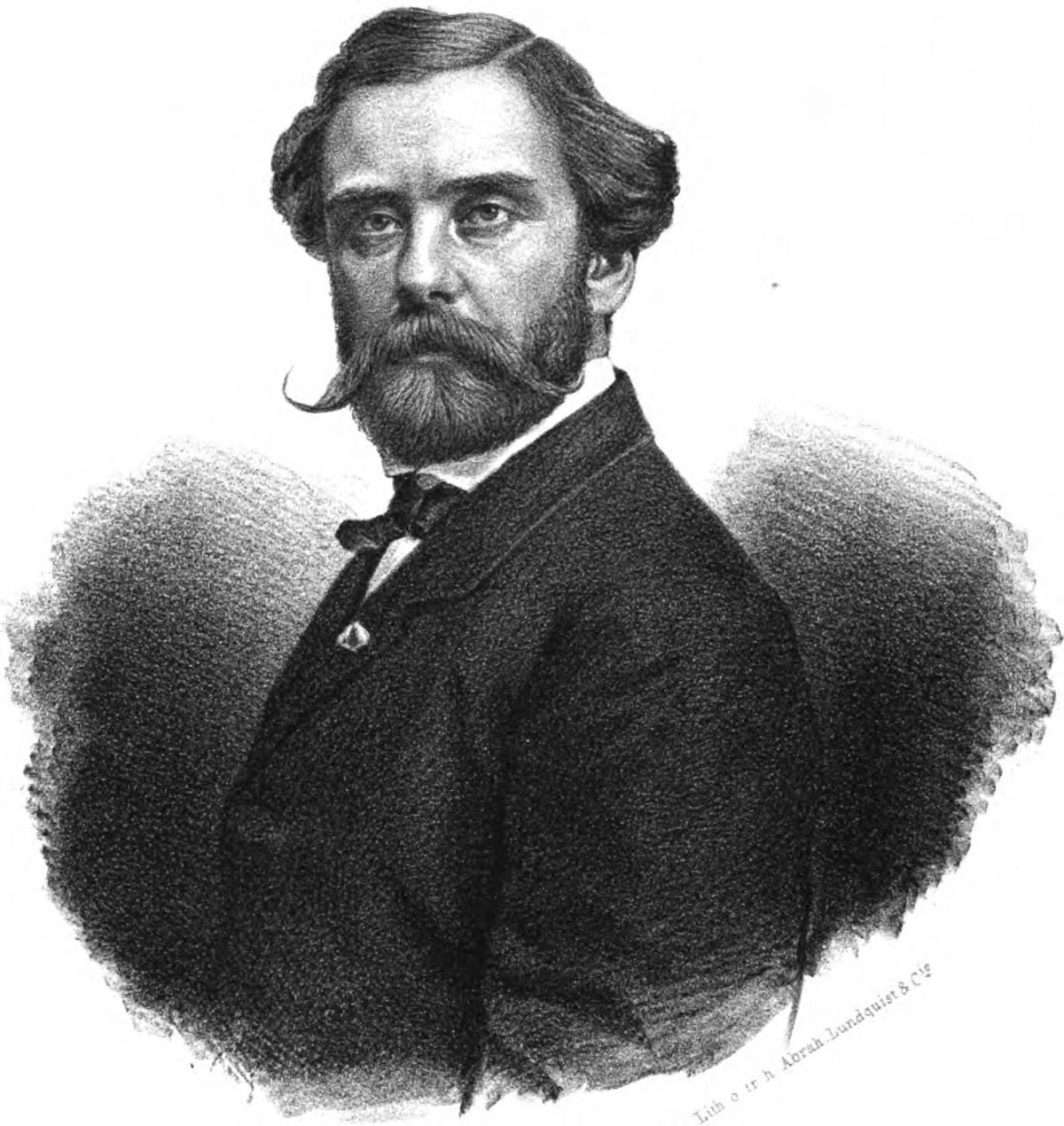
Johan Fredrik Höckert was a Swedish painter and representative of the National Romanticism.
Höckert studied at the Royal Swedish Academy of Fine Arts and the Royal Academy of Fine Arts in Munich, traveled and painted extensively. His first works in Paris attracted attention, he received an honorary award at the Paris Salon, his paintings were bought by noble Europeans.
As subjects for paintings Höckert attracted historical events of Europe. The artist and became famous for such epic, dramatic canvases. He also painted landscapes, domestic scenes and even political cartoons for Swedish magazines. Höckert's most famous painting is Slottsbranden in Stockholm, depicting the fire that destroyed Tre Kronor Castle in 1697, first exhibited in 1866. Today it is considered one of Sweden's most outstanding paintings.
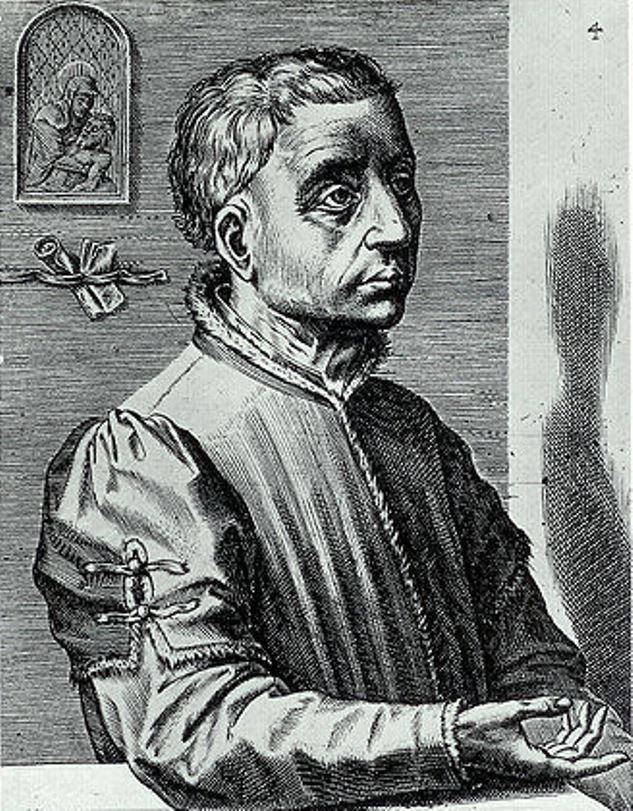
Rogier van der Weyden, birth name Rogier de le Pasture, was a Dutch painter, a classic of the Northern Renaissance.
Rogier van der Weyden was one of the most important and influential artists of the Flemish Northern Renaissance, along with Jan van Eyck and Robert Kampen. He became the official painter of the city of Brussels and executed works for the Duke of Burgundy, who ruled the region at the time. Van der Weyden's groups of figures and compositions for portraits and biblical scenes inspired subsequent generations of artists, and his ability to convey strong emotion has been recognized as one of his major contributions to European art. He is considered the first European artist to depict people crying.
The most powerful on the emotional impact on the viewer can be considered the canvas of the artist "The removal from the cross" (1435-1440), it is one of the peaks of European fine art XV century. Currently, the painting is stored in the Prado Museum in Madrid.
One of Rogier van der Weyden's sons, grandson and great-grandson also became artists.

Bernhard Strigel was a German painter of the Swabian school, one of the most important masters of the transitional period between the Gothic and the Renaissance.
Bernhard came from a family of artists from Memmingen. He painted works on religious and historical subjects, but became more famous as a portrait painter. The artist painted many portraits of noble citizens of his time in the spirit of the early Northern Renaissance.
Strigel enjoyed the patronage of Emperor Maximilian I and in 1515 became his court painter in Vienna. Here in the same year he created one of the earliest group portraits in Germany, a depiction of Maximilian I and his family. In the last years of his life he gave up religious work and devoted himself almost exclusively to portraiture.
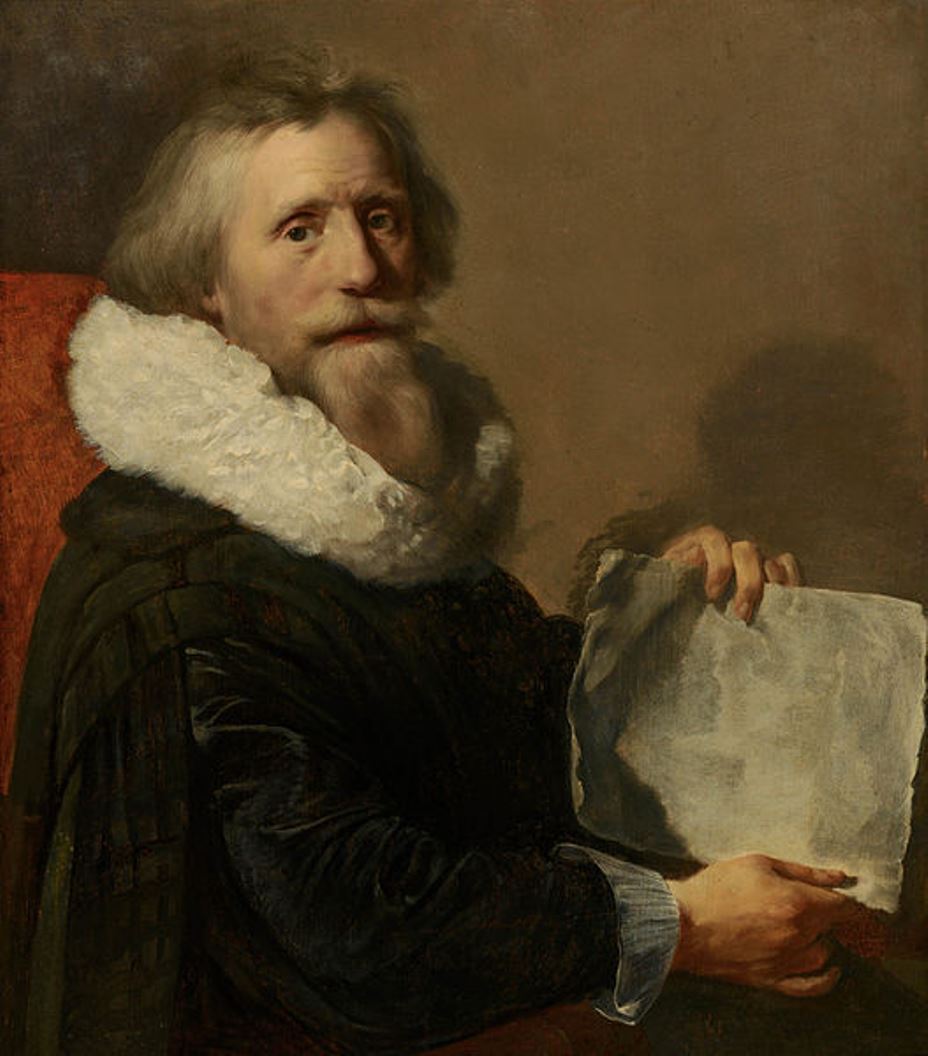
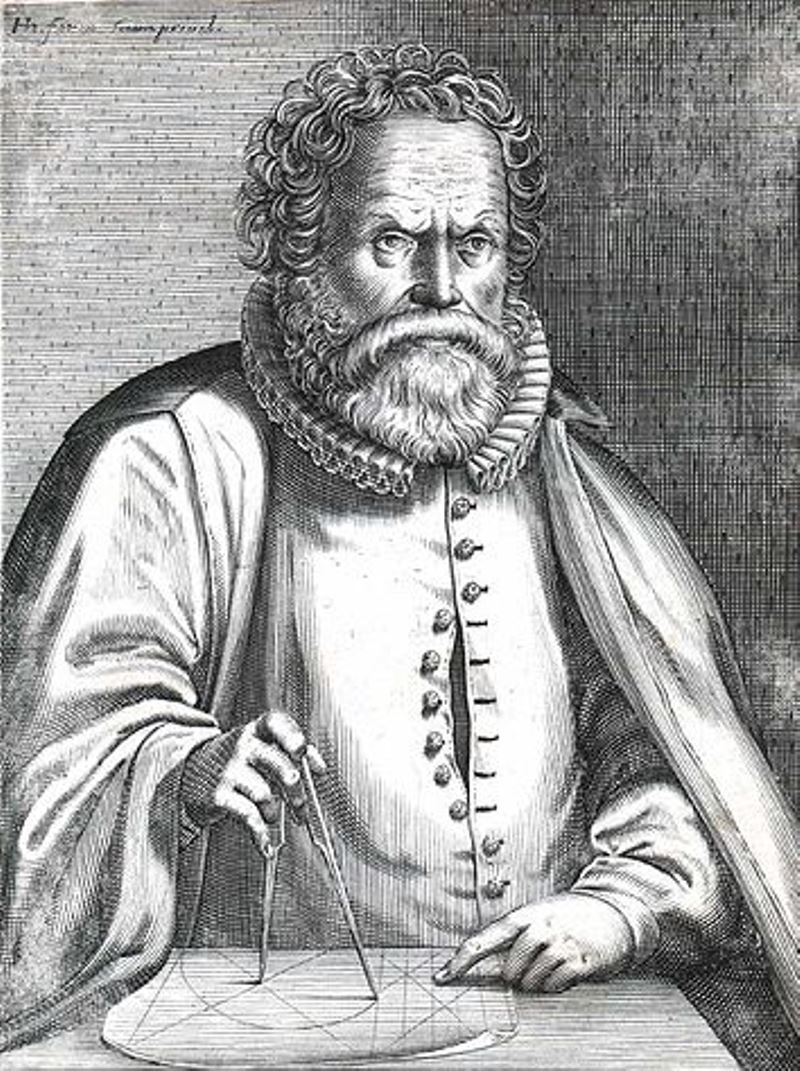
Hans Vredeman de Vries was a Netherlandish painter and printmaker, decorative artist, architect and Renaissance engineer.
After studying the works of Vitruvius and Sebastiano Serlio and putting in a great deal of labor himself, Vredeman became known throughout Europe as a specialist in perspective. As an architectural theorist, he was most famous for his varied designs of invented views of cities and buildings shown in carefully considered linear perspective. These were apparently created as models for architects.
In 1575-1586 Hans Vredeman de Vries was appointed city architect of Antwerp and was responsible for the fortifications of the city. He then worked in Hamburg, Danzig, Prague and Amsterdam. He is also known for his 1583 publication on garden design and books with many examples of ornamentation and perspective.
His son Salomon Vredeman de Vries (1556-1604) was also an artist.
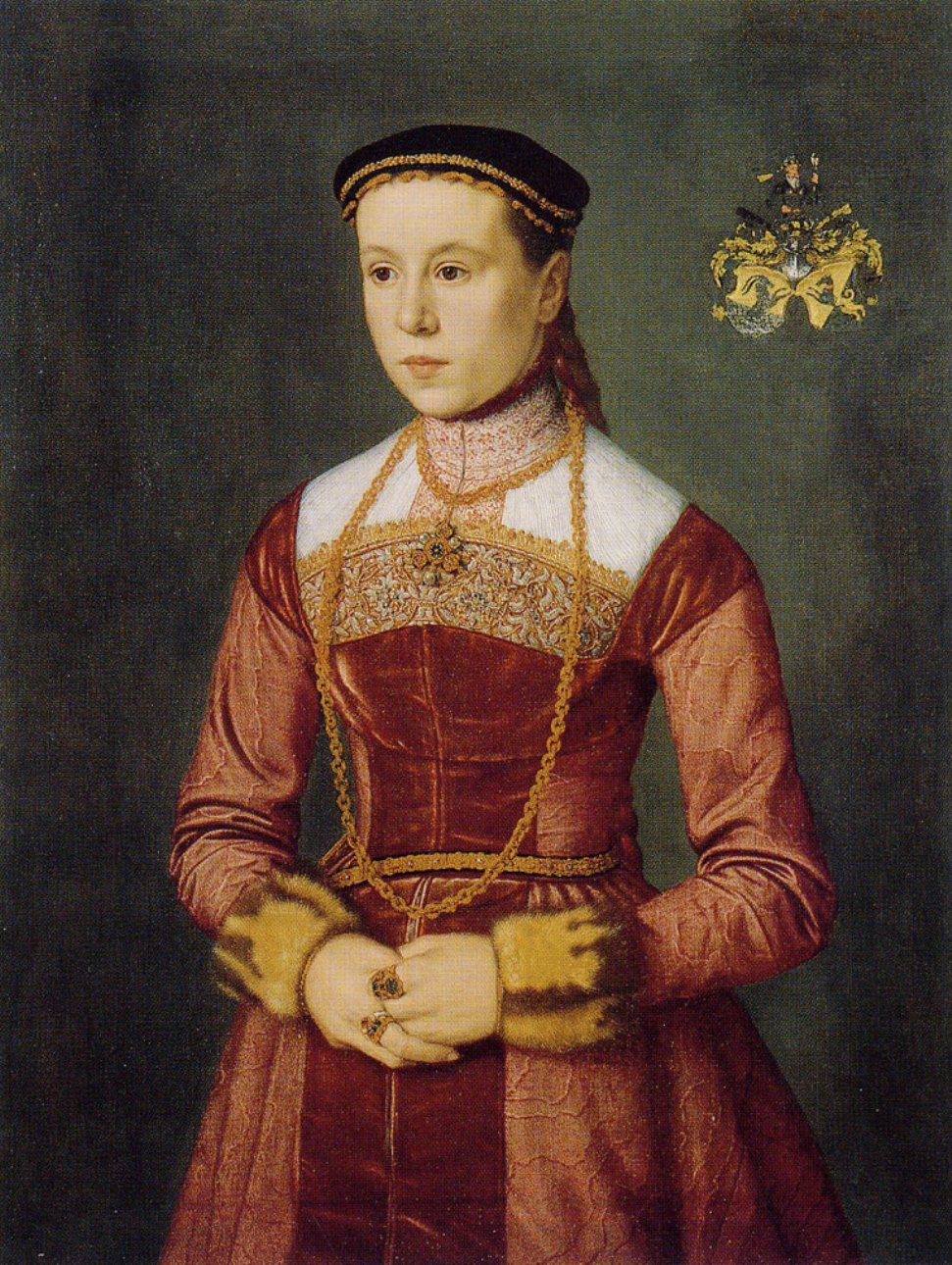
Nicolas Neufchatel, known as Nicolas Lucidel, was a Flemish painter based in Germany.
Nicolas trained in Antwerp, where he became acquainted with the work of Frans Floris, Willem Kee and other masters contemporary with him in the 1540s. From 1561 the artist lived in Nuremberg.
Mostly Nicholas Neufchatel worked in Germany and was known as a talented portraitist. About forty of his portraits have survived, including a portrait of Maximilian II, other noble citizens and female images.
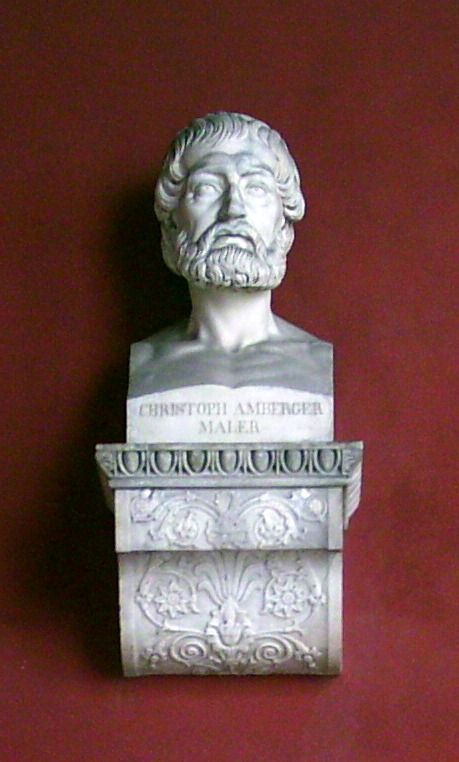
Christoph Amberger was a German painter of the Renaissance. He is known primarily as a portrait painter and is considered one of the most prominent masters of this genre of his generation.
Amberger built his career in the city of Augsburg, which was then considered one of the cultural centers of Europe. He painted numerous portraits of Augsburg patricians and their wives, prominent scholars, and the Holy Roman Emperor Charles V. These works laid the foundation for the artist's success. Amberger also designed the high altar of Augsburg Cathedral.
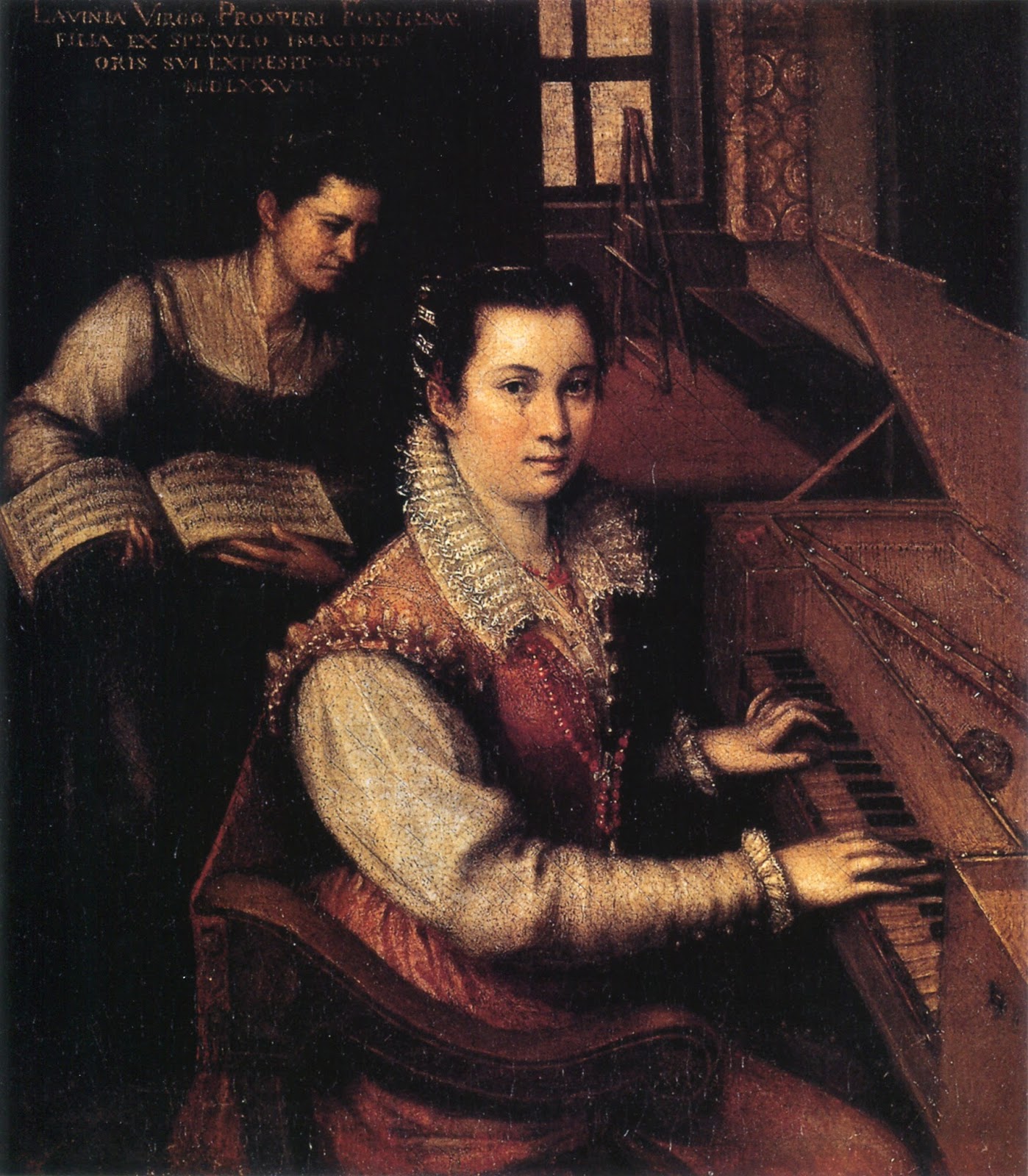
Lavinia Fontana was a Bolognese Mannerist painter active in Bologna and Rome. She is best known for her successful portraiture, but also worked in the genres of mythology and religious painting. She was trained by her father Prospero Fontana who was a teacher at the School of Bologna. She is regarded as the first female career artist in Western Europe as she relied on commissions for her income. Her family relied on her career as a painter, and her husband served as her agent and raised their 11 children. She was perhaps the first woman artist to paint female nudes, but this is a topic of controversy among art historians.
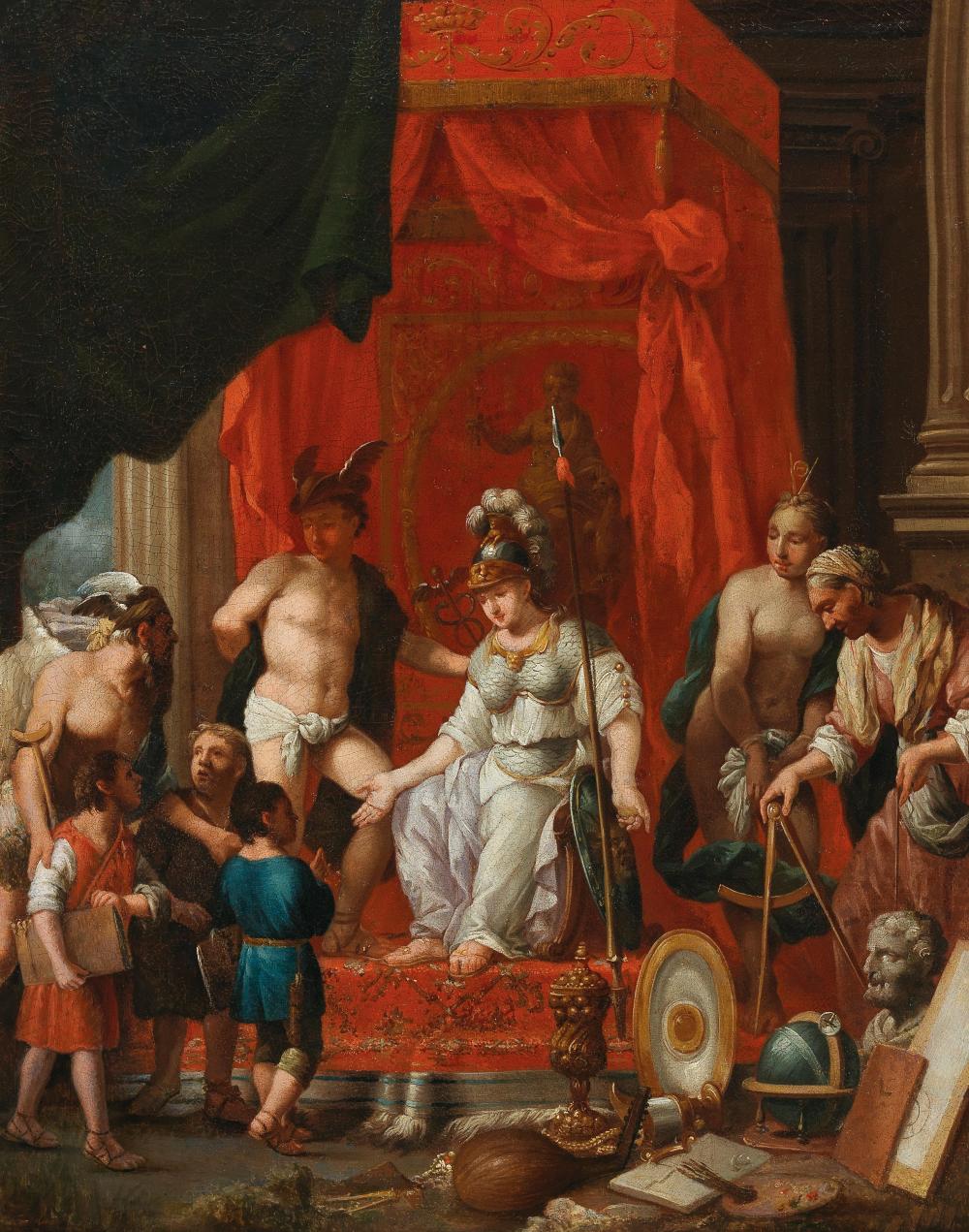
Johann Heiss was a German painter of the Baroque period.
Johann studied painting in Memmingen, went to Stuttgart in 1663 and was in the service of Eberhard III, Duke of Württemberg. In 1675, the art historian Joachim von Zandrart praised his work in his book The German Academy. After 1677, Heiss lived and worked in Augsburg. Johann Heiss painted pictures on historical, biblical and mythological subjects, worked in churches and monasteries, creating frescoes and allegorical themes.
Heiss's work can be seen in museums throughout Germany, as well as in the Louvre, the Kunsthistorisches Museum (Vienna), the Hermitage Museum, and the Milwaukee Art Museum.
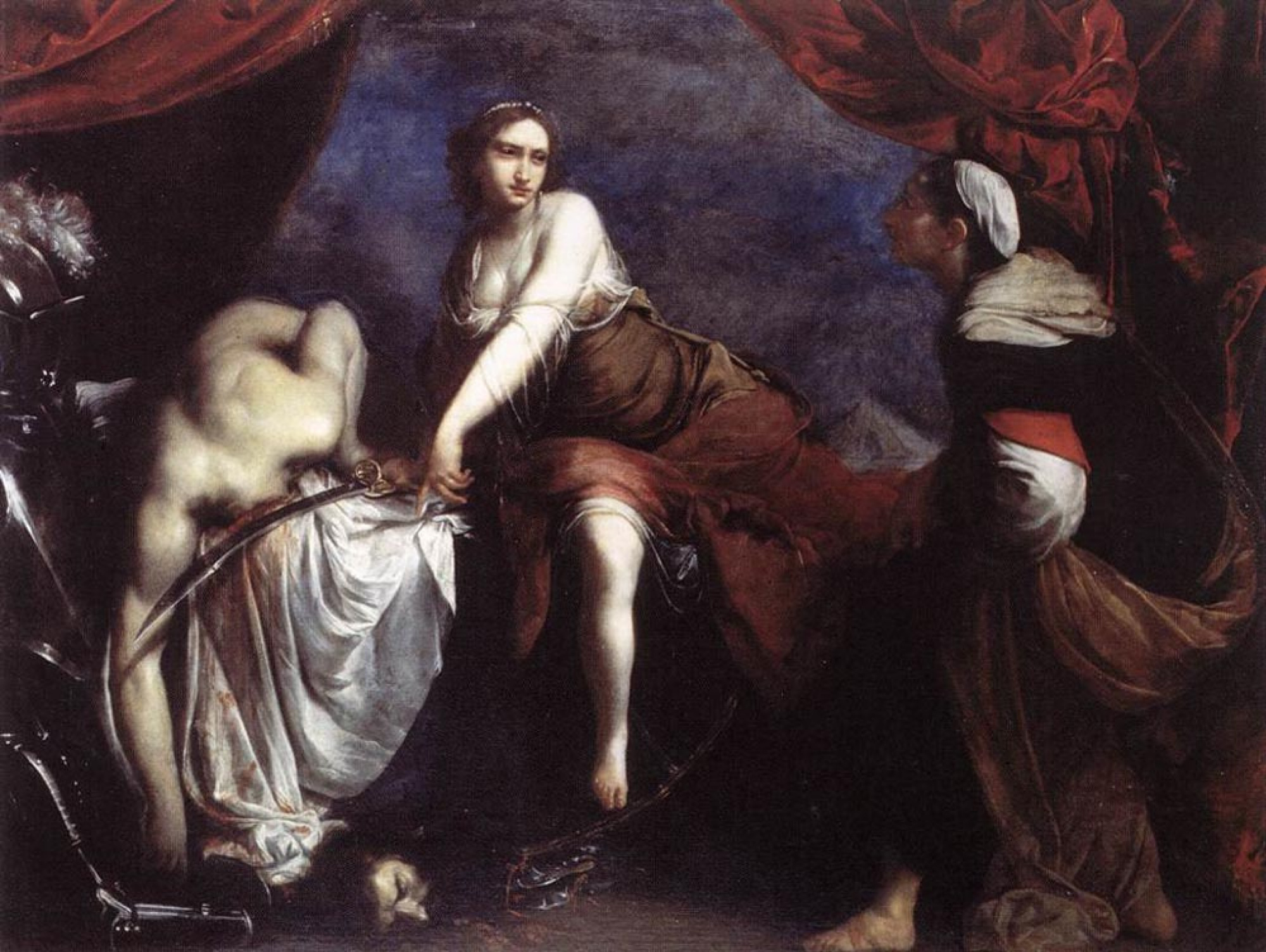
Francesco Furini was an Italian painter, renowned for his contributions to Baroque art. Born in Florence in 1603, Furini's artwork is a testament to the artistic transitions of his time, merging the detailed mannerist style with emerging Baroque influences. His mastery in using the sfumato technique brought life to his paintings, making them notable for their ethereal quality and emotional depth.
Francesco Furini's journey into the world of art began under the guidance of his father, leading to further refinement of his skills in Rome, where he absorbed influences from Caravaggio and his followers. Upon his return to Florence, his work gained admiration from notable figures, including Galileo Galilei. However, facing criticism for his depictions of female nudes, Furini took a surprising turn by entering the priesthood in 1633, yet he continued to paint, producing some of his most significant works during this period.
Among his masterpieces are the frescoes in Palazzo Pitti, commissioned by Ferdinando II de' Medici, which display a departure from his usual canvas style. These works, alongside others like "Hylas and the Nymphs," are celebrated for their intricate portrayal of mythological and biblical themes, characterized by a unique blend of sensuality and spirituality.
Francesco Furini's legacy, once overshadowed, has been re-evaluated, shedding light on his profound impact on Florentine and Italian Baroque painting. His ability to convey deep emotions through art continues to captivate art enthusiasts and experts alike.
For those intrigued by the allure of Baroque art, Francesco Furini's oeuvre offers a fascinating exploration into the era's complex artistic expressions. To stay informed about upcoming sales and auction events featuring Furini's work, sign up for updates and immerse yourself in the captivating world of art history.
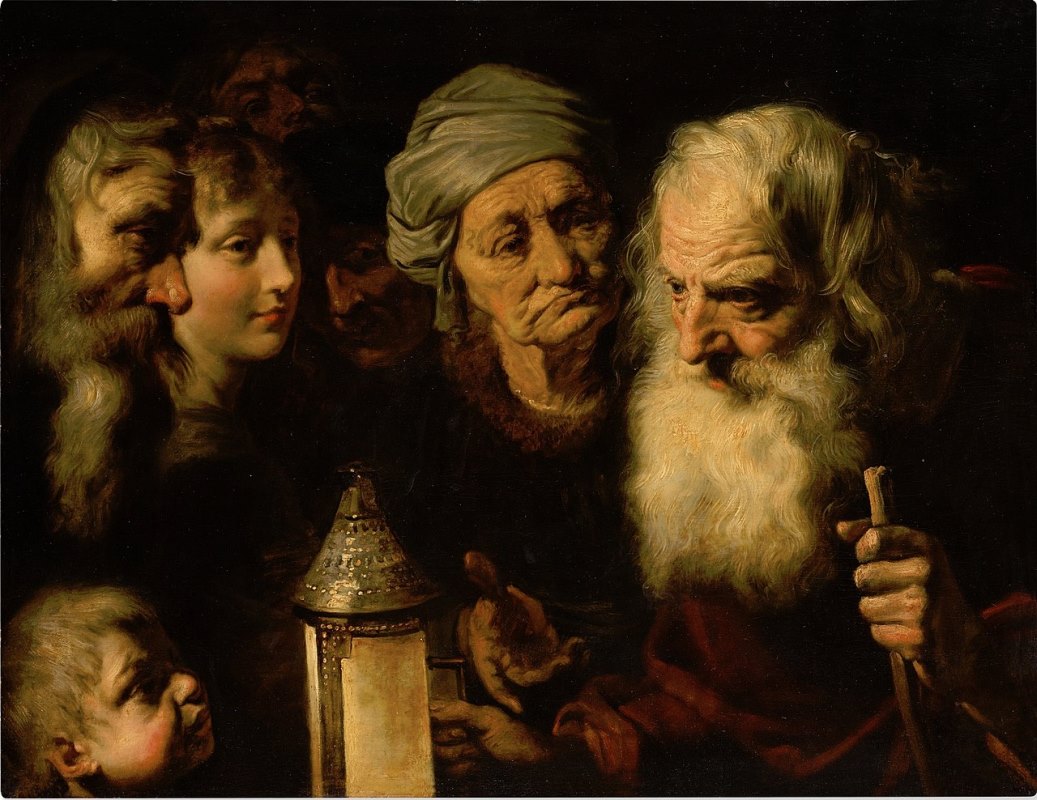
Pieter van Mol was a Flemish painter and draftsman who worked in the Baroque style.
Pieter van Mol became a master and member of the Antwerp Guild of Artists of St. Luke's in 1622. Around 1631 he moved to Paris, where he opened his own studio and worked at the court of Louis XIII as a court painter. Later, among other artists under the patronage of Cardinal Mazarini, he became the organizer and one of the first members of the French Academy of Painting and Sculpture, later - the Royal Academy of Painting.
Pieter van Mol painted historical and religious subjects, portraits and allegories. His style was obviously strongly influenced by the work of Rubens.

Anthony van Dyck, a Flemish painter born in 1599 in Antwerp and passed away in 1641 in London, is celebrated as one of the foremost Baroque painters of the 17th century. His notable contributions to the art world include his exceptional portraits of European aristocracy, as well as his religious and mythological paintings. Van Dyck's early exposure to art was influenced significantly by his apprenticeship with Hendrik van Balen and later, by the profound impact of working alongside Peter Paul Rubens. His mastery was recognized early on, leading him to set up his own workshop by the age of 15.
Van Dyck's journey to Italy in 1621 marked a pivotal phase in his career, allowing him to immerse himself in studying the Italian masters and commencing his successful stint as a portraitist. His style evolved under the influence of Titian, evident from his vibrant use of color and refined modeling of form. Van Dyck's Italian period not only honed his artistic skills but also established his reputation as a painter of consequence.
Upon returning to Antwerp, van Dyck's portraits became highly sought after, leading to commissions from notable figures such as Archduchess Isabella and Queen Mother Maria de' Medici. His role as a court painter further solidified in England under the patronage of King Charles I, where he was knighted and appointed as the principal painter, profoundly shaping the aristocratic character of Charles I's reign through his portraits.
Van Dyck's legacy extends beyond his death, having influenced English portrait painting for over a century. His innovative techniques in watercolour and etching, along with his sophisticated portrayal of subjects, continue to be admired. His art not only showcases his technical prowess but also reflects the cultural and social nuances of his era, making his work a significant study for collectors and art historians alike.
For enthusiasts eager to explore the intersections of art, history, and culture through the lens of Anthony van Dyck's work, staying informed about new discoveries and auction events is essential. Signing up for updates can provide exclusive insights into the world of one of the most influential figures in Flemish art. This subscription ensures that collectors and experts are well-informed of any developments related to van Dyck's oeuvre, enhancing their understanding and appreciation of his contributions to the art world.
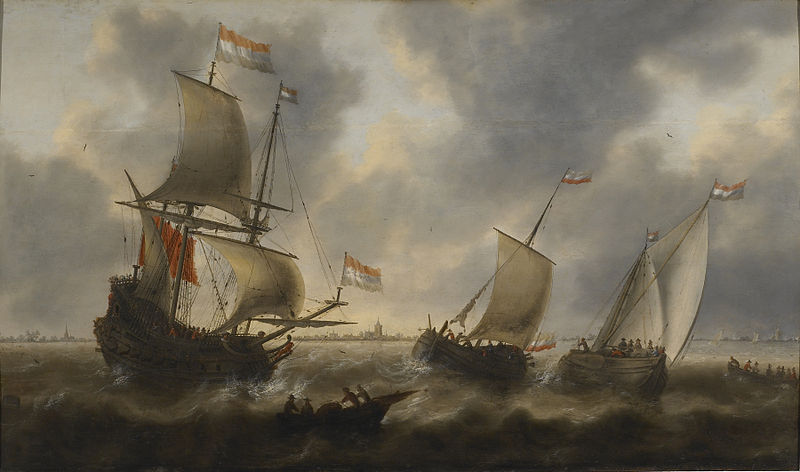
Jacob Adriaensz. Bellevois was a Dutch marine painter.
Bellevois was a follower of Jan Porcellis and Simon de Vlieger and specialized in seascapes. The artist was apparently well acquainted with maritime affairs: his dramatic depictions of various ships in a raging sea and shipwrecks on cliffs are full of characteristic detail.
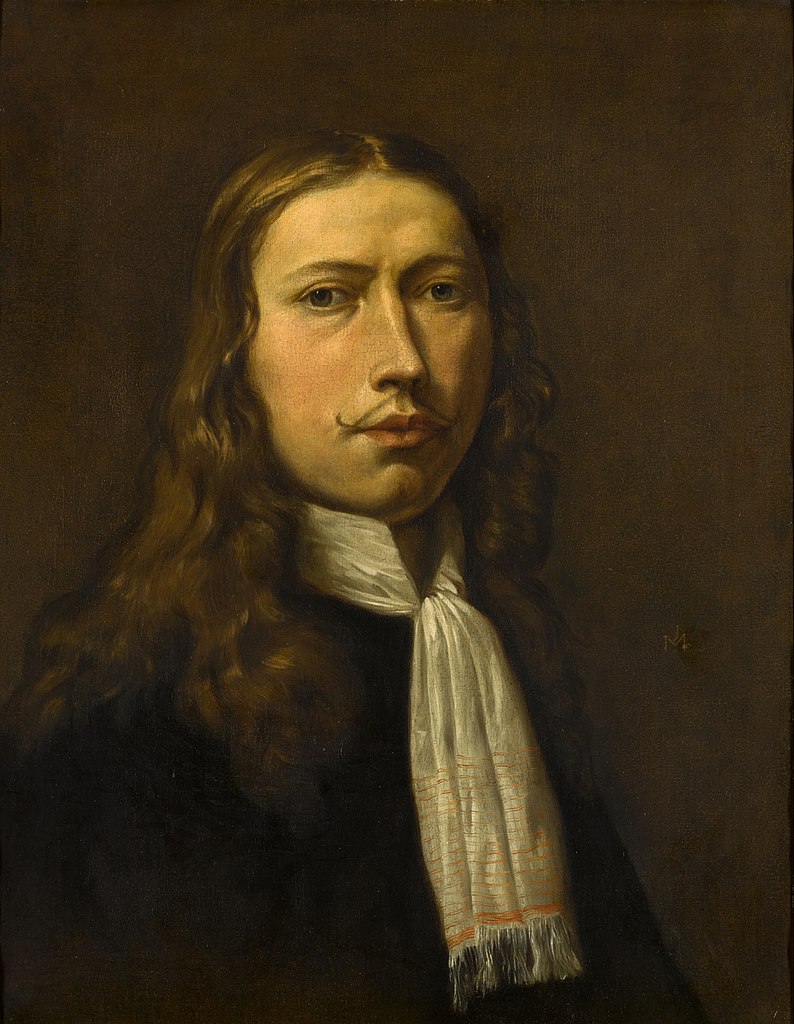
Adriaen van de Velde was a Dutch painter, draughtsman and print artist. His favorite subjects were landscapes with animals and genre scenes. He also painted beaches, dunes, forests, winter scenes, portraits in landscapes, as well as mythological and biblical scenes. He belongs to a group of painters referred to as the Dutch Italianate painters, who combined Dutch agricultural landscapes with mythological or Arcadian scenes in Italian settings. His paintings are characterised by their delicate, careful composition and his mastery of lighting effects as well as the human figure.
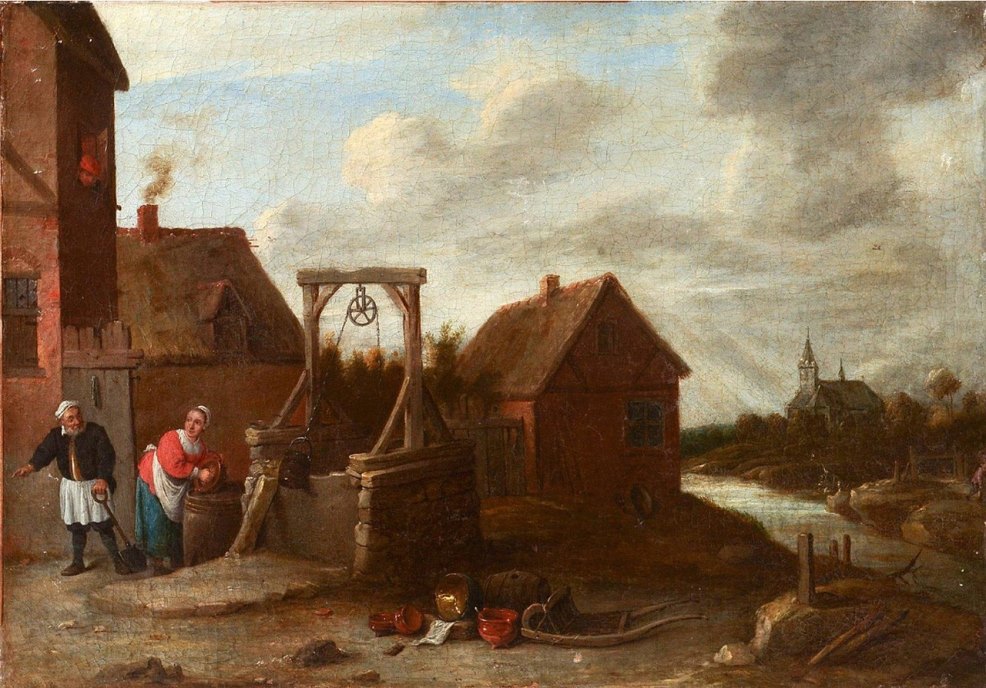
Thomas van Apshoven was a Flemish painter-genre painter of the Baroque period.
Thomas came from a creative family: his father was the painter Ferdinand van Apshoven the Elder (1576-1655), who was a member of the Guild of St. Luke in Antwerp, and his younger brother, Ferdinand van Apshoven the Younger (1630-1694), was also a successful painter.
In addition to rural landscapes, Thomas van Apshoven painted very lively scenes of village holidays and everyday life, peasants in pubs, and students. His works are close in style to David Teniers the Younger (1610-1690).
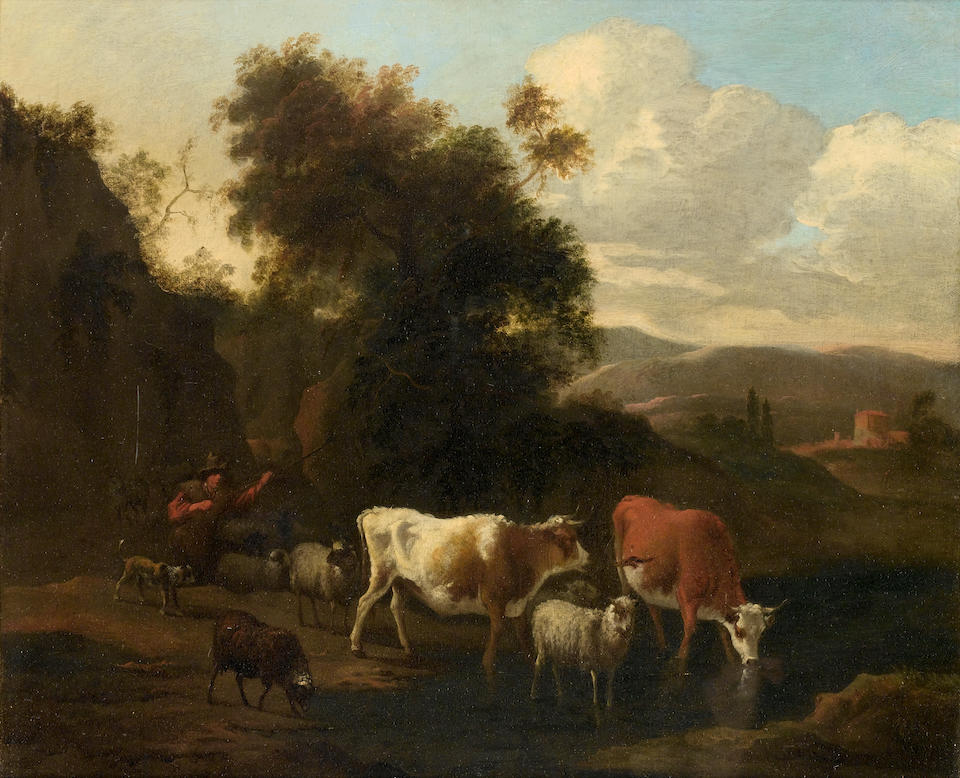
Michiel Carree of Karé was a Dutch painter and decorator of the Golden Age.
Carree was a famous landscape painter: King Frederick of Prussia invited him to Berlin and appointed him court painter. After the king's death, he returned to Holland and was mainly engaged in decorating the palaces of the noble townspeople. Carrée often depicted livestock in his landscapes, and these paintings can now be seen in the Rotterdam Museum.
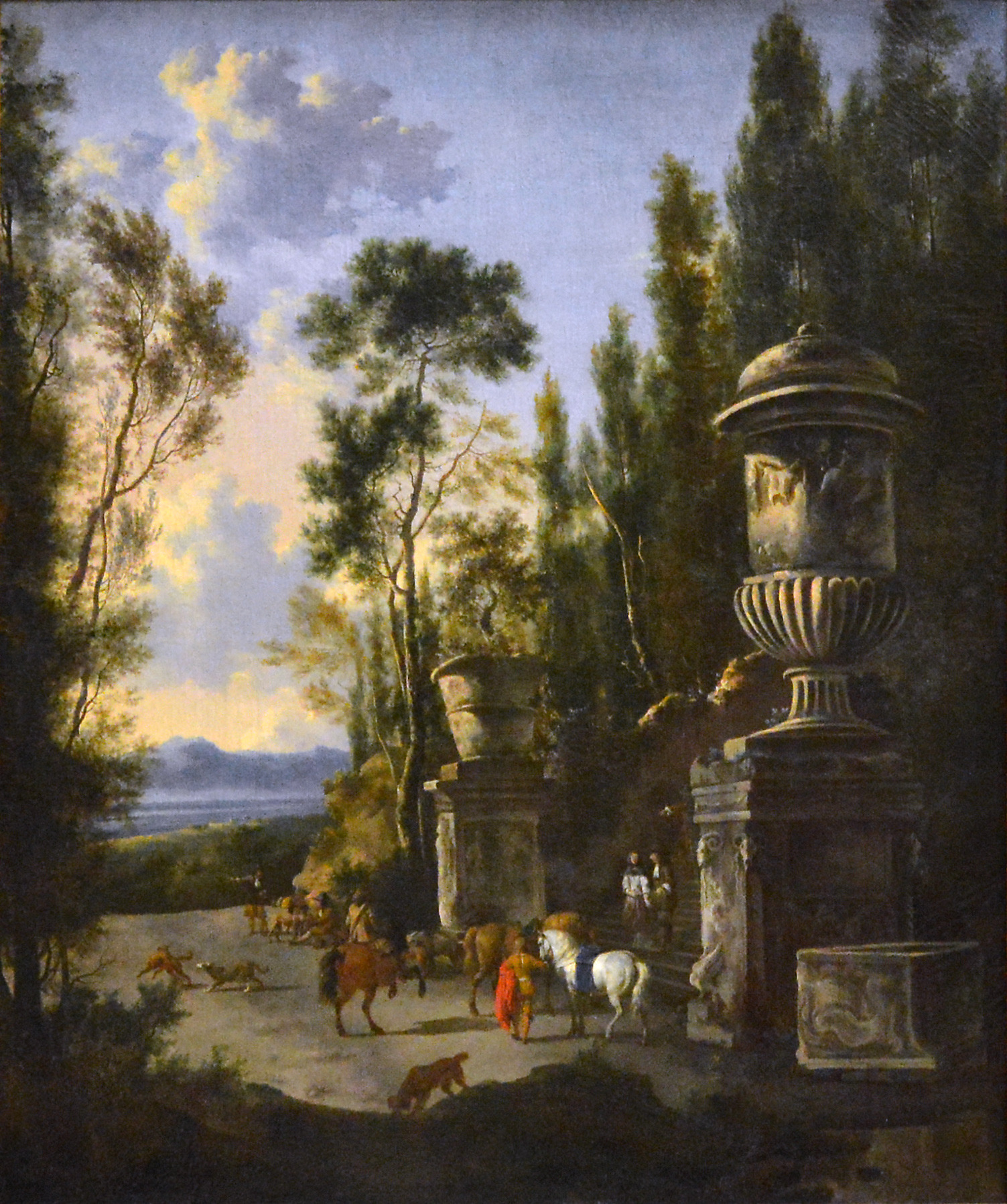
Frederik de Moucheron the Elder was a Dutch landscape painter of the Dutch Golden Age.
Frederik studied under Jan Asselain (1610-1652), then spent three years in Paris before settling in Amsterdam in 1659. De Moucheron painted French, Italian and Dutch landscapes, reproducing with particular care the effects of sunset and gray clouds. Works by this artist are represented in many European art galleries, such as those in St. Petersburg and the Dresden Gallery.
He was the father of the landscape painters Isak de Moucheron and Frederik de Moucheron the Younger.
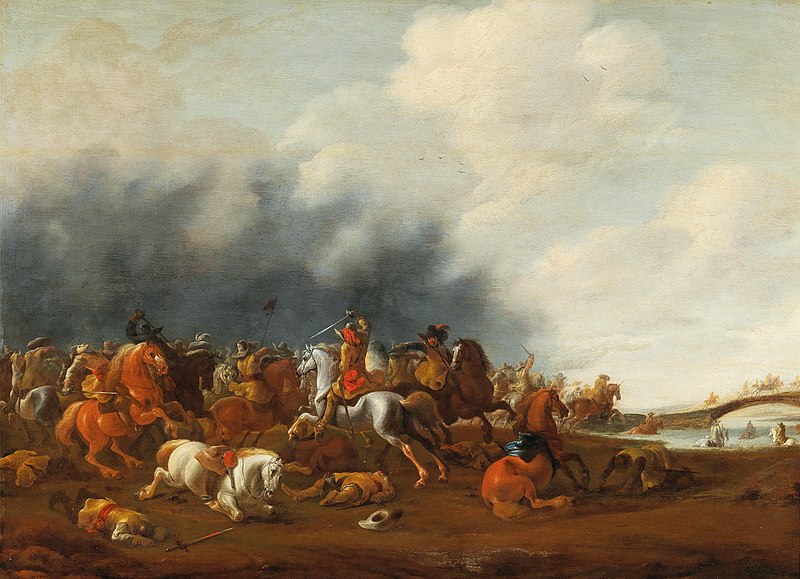
Jan Jacobsz. van der Stoffe was a Netherlandish painter of the Golden Age of Dutch painting.
In 1644, der Stoffe became a member of the St. Luke's Guild of Leiden and in 1699 became its dean.
The earliest painting by van der Stoffe dates from 1635. He specialized in hunting and battle scenes, relevant at the time. In style he is very close to the Haarlem painter Abraham van der Hoof (c. 1611-1666). Three cavalry paintings by van der Stoffe are still preserved in Leiden, in the De Lakenhal Museum.
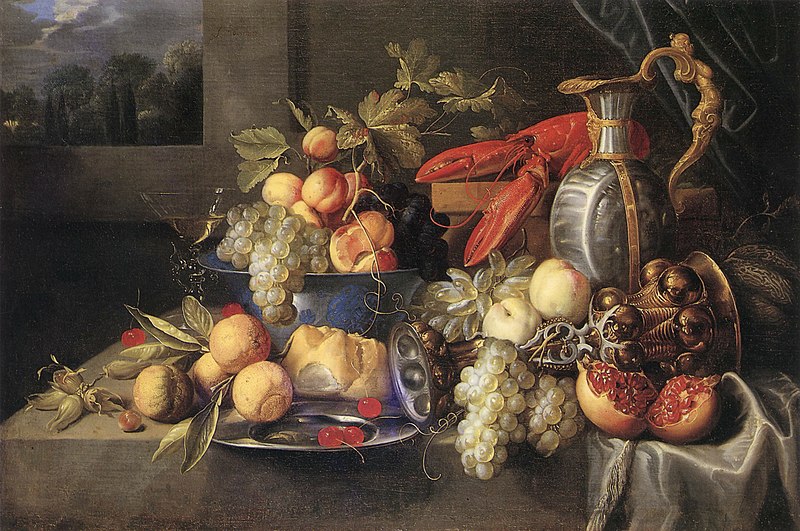
Alexander Coosemans was a Flemish painter of the Baroque period.
Coosemans studied under the masters of still life painting and became a member of the Guild of St. Luke of Antwerp in 1645.
Coosemans painted lush, fruit- and flower-rich still lifes, vanitas-style still lifes that evoke the transience of life. His compositions are often thought to have hidden, allegorical meanings: lobsters, wine and lemons - each subject is filled with references to biblical themes and history.
In collaboration with other artists, Coosemans created so-called garland paintings - a portrait or religious subject surrounded by garlands of flowers and fruit. The artist also decorated the villas of the nobility of Genoa and Rome with his works.
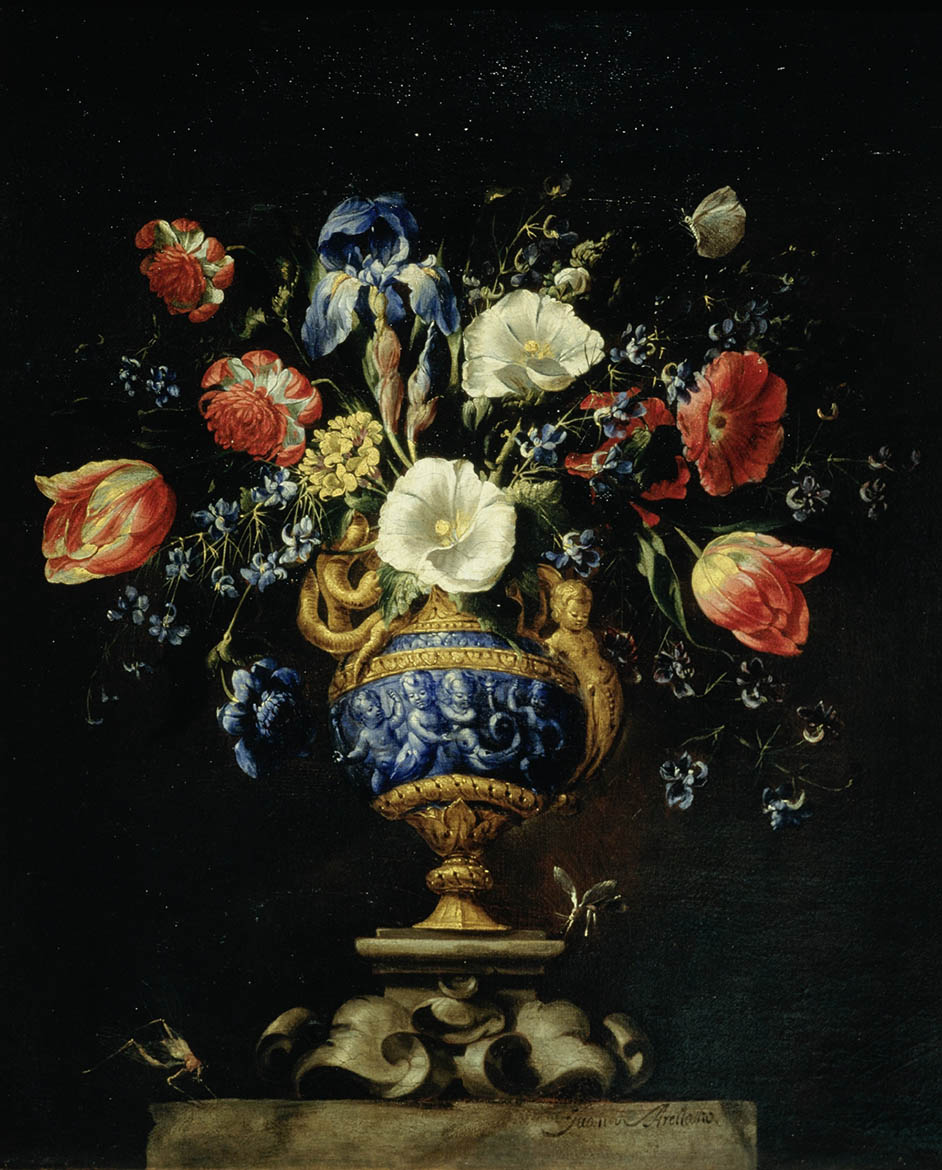
Juan de Arellano was a Spanish painter of the Baroque period.
Juan de Arellano was strongly influenced by Flemish and Italian painters. He specialized in floral still lifes and was recognized as the best master of this genre in Spain. The artist in his paintings often depicted and exotic birds in flowers - the so-called concerts. Paintings by Juan de Arellano are characterized by careful composition and a huge variety of flowers, which the artist wrote out very carefully and authentically.
Floral compositions were very popular in the 17th century, and in time Juan de Arellano became so rich that he opened his own studio, where his three sons also worked and became artists.
